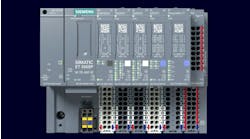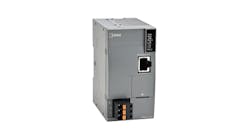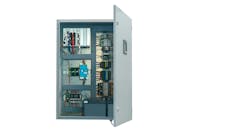Zin May Thant, global marketing manager, distributed I/O portfolio, Rockwell Automation: Implementing IO-Link requires procuring not just IO-Link-enabled devices but also IO-Link masters and peripherals such as cables. The technology and product training for your workforce also require some additional upfront investment.
Despite the upfront costs, IO-Link is a worthwhile investment that can be offset by long-term benefits such as reduced wiring complexity and improved diagnostics. While avoiding a costly and unplanned downtime situation alone, with the diagnostics data available, can justify the investment in an IO-Link solution, there are many other benefits. Another plus point for IO-Link is the ease of configuration and replacement, which allows flexibility in making multiple device parameter changes based on application requirements and switching out devices without the need for manual reconfiguration. This will help alleviate any concerns about the lack of trained personnel on-site if there is a device failure.
Tell us about one of your organization’s state-of-the-art IO-Link offerings.
Todd Bissell, strategic marketing manager, sensing, safety and industrial control portfolio, Rockwell Automation: Rockwell Automation is constantly expanding its line of smart, IO-Link enabled products, which include sensors, masters, hubs, tower lights and electronic circuit protection.
The ArmorBlock 5000 IO-Link master blocks are the latest IO-Link master offerings from Rockwell Automation. The product was released in the first half of 2023 and is available in three power variants for various industry and application needs. The IO-Link master block comes with IO-Link Class A and Class B ports, expanding the variety of potential IO-Link-enabled devices that users can use. Its highly integrated IO-Link capability provides an improved experience of integrating IO-Link enabled devices with Allen-Bradley controllers. The block also supports digital inputs and outputs, enabling a highly flexible and configurable solution to achieve the users’ desired business outcomes.
Anything else that you'd like to add about IO-Link?
Zin May Thant, global marketing manager, distributed I/O portfolio, Rockwell Automation: To build smart machines that drive efficiency and competitiveness, you need more actionable, useful data. Accessing this data will be easier with IO-Link technology. Being fieldbus-agnostic, there are also fewer barriers in implementing IO-Link. According to several industry reports, it is projected that IO-Link will see exponential growth over the next 10 years at double digits compound annual growth rate (CAGR), driven by the need for simplification, increased flexibility and scalability in manufacturing.







